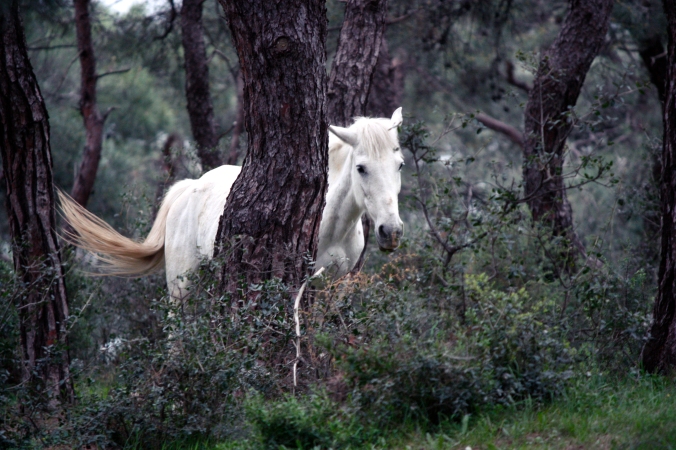
Untitled. abarndweller. CC-BY
The Scottish poet Robert Burns wrote, in “To A Louse: On seeing one on a Lady’s Bonnet at Church”: O wad some Pow’r the giftie gie us/ To see oursels as others see us! It wad frae monie a blunder free us…
I have often pondered that idea, people needing to see themselves as others see them. To see myself as others see me. What a frightening prospect. Certainly the power to see ourselves as others see us would free us from many a blunder … one would hope.
The lines spark a question I pose to myself and teacher colleagues: What signals are we unwittingly sending to students?
Years ago, I wasn’t sure I wanted to teach. I thought I would try it, almost reluctantly, as I needed a job and my own children were still in school. I wasn’t thinking of teaching as a calling or whether or not I was cut out for it. I took a temporary position, fifth grade remediation in reading and math, with some trepidation.
“I am not sure what to do,” I confessed to the hiring principal. “I don’t know if I can really help the kids.”
She smiled. “Just love them. The rest will come.”
Here goes, I thought on Day One, as I stepped into a classroom where kids milled about, working collaboratively on math. It’s sink or swim.
From across the room, a boy saw me standing in the doorway. He didn’t know me, didn’t know why I was there, but he shot across the room through the throng of his classmates to throw his arms around me.
That was my induction to being a public educator.
A child, sinking fast, clung to me like I was a life preserver. Perhaps he perceived, instantly, that we were in – or out – of the same boat. It was sink or swim for both of us.
In this classroom, I watched the boy try his hardest to swim. He struggled academically. He struggled with controlling his impulses. He struggled socioeconomically – he wore the same heavy black ski jacket every day, even when the weather was hot. He was chastised by his teacher for every infraction, great or small. The teacher – widely respected by colleagues – was clearly suffering from burnout, undoubtedly tired of swimming herself. Whether or not she intended it, she sent a signal: Do not approach me or question me.
Do we, as teachers, send a signal – with or without words – that we are safe harbors or treacherous ground?
I remembered a teacher of my own. She stayed in a constant state of frustration with our geometry class, once giving me detention for leaving paper in my desk despite my impassioned protest that I hadn’t done it. Math wasn’t my strong suit and I sank to the point of dropping the course, as I had all the math credits I needed to graduate. Later that year I landed a role in the school play and this teacher came to watch it. As people congratulated me backstage after the performance, this teacher stepped forward:
“Well,” she said, “I never would have believed you had it in you.”
You decide: Would I have ever been successful in her class?
One last note on my little friend back in the fifth grade: He went on to graduate.
On his behalf, I thank all those teachers who were, along the way, safe harbors for him.
Reflect: What messages do you send to others, verbally and non-verbally, about their value? Think of the teachers you had: Were they repellents to the learning in their classrooms, or were they encouragers? Were they the treacherous ground or the safe harbors? Write. Find a viable preserver when you need to. Rest a for bit. Then keep on swimming, mindful of those who are swimming so hard, so close by.

